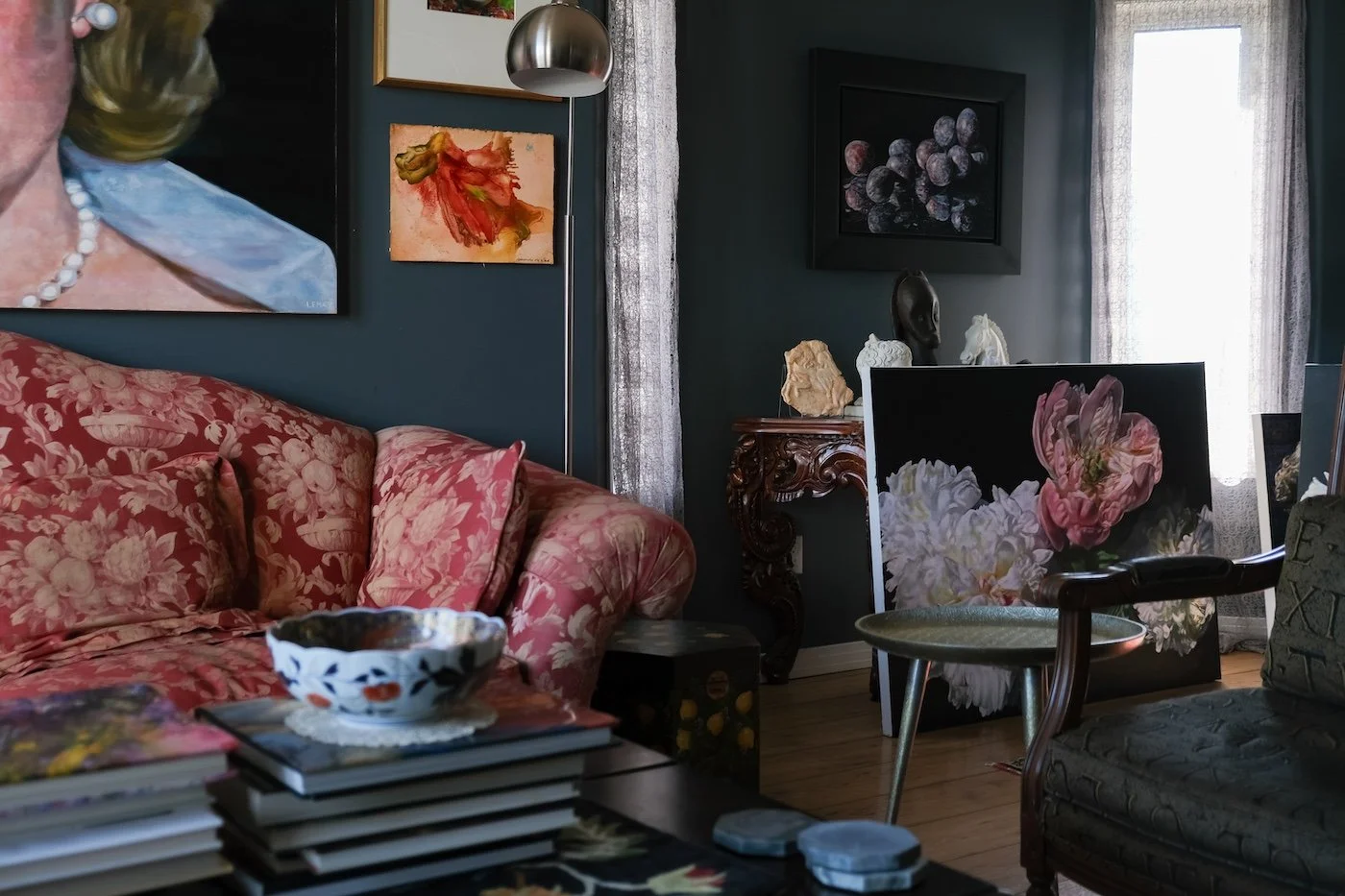Neuroaesthetics and Interiors
In a recent post I talked just a little bit about neuroception, so it was kind of one of those delightful things that soon afterwards I came across this article on Architectural Digest about neuroaesthetics. The question posed there is “Can a Bad Floor Plan Affect Your Mental Health?” You might be of the vintage to remember when everyone was going on about Feng Shui, and later Marie Kondo became all the rage. I’m interested in all sorts of way that we can think about the spaces we inhabit, and possibly change them to make them places where we feel good.
The author of the article talks to Suchi Reddy who says, “Spaces either provide sensory pleasures or they don’t” and “That’s an emotional thing that then feeds into a deeper kind of neurological effect—and that’s absolutely influenced by space.” The author of the article says: “our relationships to our homes are as informed by our desires, traumas, histories, and hopes as they are by our relationships with each other..”
Since writing that last post about happy places, I grabbed a book from the library titled Anchored: How to Befriend Your Nervous System Using Polyvagal Theory by Deb Dana. You might know Dana from her viral concept of looking for “glimmers.” I’m not sure why that term irks me, lol, but I know others find it delightful and helpful, so I’m willing to let it stand.
Dana says that “we can think of neuroception as an embodied surveillance system broadcasting important information from its place below the surface of awareness.” We can think of “tuning in” to our body, and getting in touch with our gut instincts, our autonomic intuition. We might think about our cues for safety, cures for danger. Where do we feel anchored? What are the conditions that bring out those feelings of calm and contentment?
I’ve always known that I’m probably on the extreme side of awareness of my physical space. Because I live with an artist our art changes frequently, but there are those anchoring pieces too. Our house doubles a little as an artist’s studio, as you can see in the photos. We’ve had the same mostly secondhand furniture for thirty years and we’ve lived in the same house for 25. So things are where I like them, and I do like the rotating art show, as well. That gives me pleasure.
I can look back at workplaces and conjure all the feelings I felt in them. One summer job converting card catalogues to digital was in a supply closet only marginally outfitted as a work space. Dingey basements where you could hang up your coat and sit in a cramped position in the same area to eat your lunch. Badly placed washrooms in small lunchrooms. Desks with no sightlines, poor lighting, no windows. And then, the thing that I’m overly sensitive to is the clutter, the junk and detritus and weird crap left around that is like fingernails on a chalkboard to a person with heightened visual perception. (Maybe there’s a name for that, I don’t know). I’ve probably worked in thirty jobs in all my years, waiting on tables, working in libraries, bookstores, a stationery store, even briefly in a wedding store (true story), and not one of them has left me feeling comfortable. Which is interesting, right? Because how can we be productive and creative in spaces that affect our nervous systems adversely?
So maybe that’s why I am particular in my home space. I became interested in thinking about the poetry of interiors thanks to Gaston Bachelard’s The Poetics of Space. (Originally published in the late 50s, my edition came out in English translation in 1994). All the writers at a certain point had read it. How can any of us think of space the same way after reading it? Mark Z. Danielewski says, “it has everything to do with how our comprehension of space, however confined or expansive, still affords an opportunity to encounter the boundaries of the self just as they are about to give way.”
And John Stilgoe says of the book: “it demonstrates to its readers that space can be poetry” and he notes that the book “opens it readers to the titanic importance of setting.” I can only be jealous of anyone encountering this book for the first time.
If you’ve read this far, thanks for coming along with me into this little rabbit hole, thinking about our happiness in spaces. Thinking about how spaces can hold poetry. Thinking about how sight-lines, smells, colours, doors, windows, light, sounds, all operate together on our nervous systems to make us feel certain ways below the surface of our awareness. But how when we become aware of those spatial comprehensions we might be able to manipulate and massage where we are to accommodate a poetics.
My morning writing space is a bit of a sacred thing: quiet to begin, then some wordless music. A candle burning, perhaps. Good paper and a fountain pen to think things through. Books and more books. Paintings to look at. (Yes, I’m spoiled in that category). Plants are also nice. Interesting lights when there is darkness, and natural light when possible.
Our spaces don’t have to be perfect, just offer us a place to breathe. Because we can’t be creative when we’re not breathing well. We can’t work well. And who want to squander their gifts?






